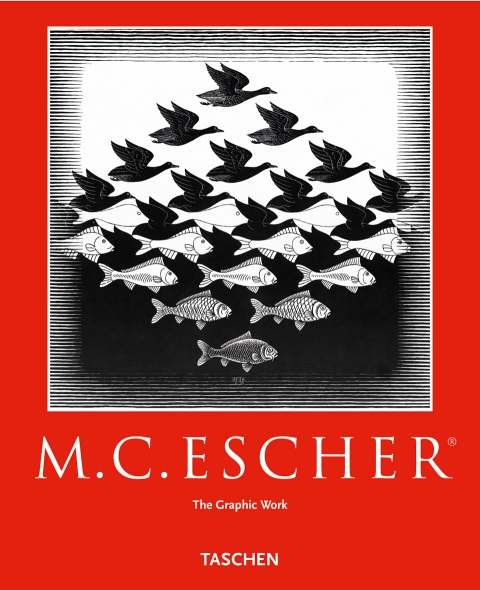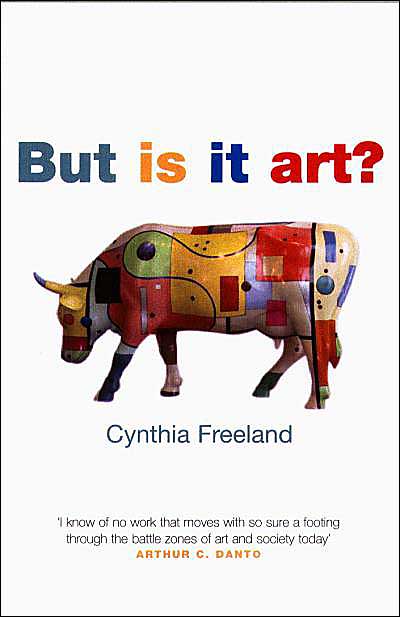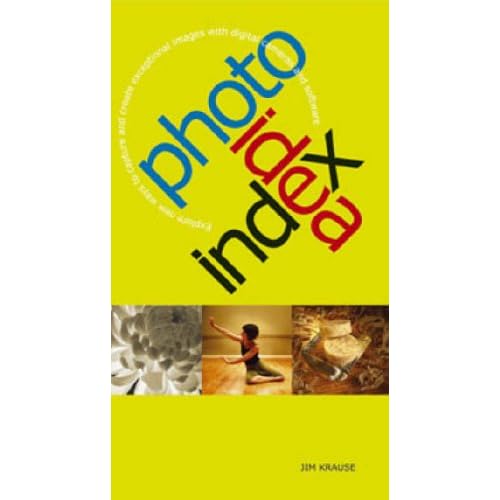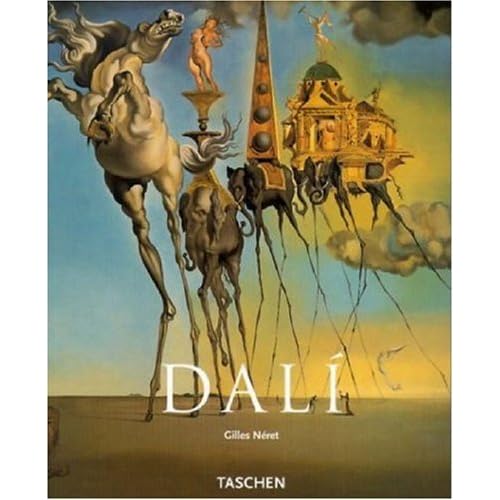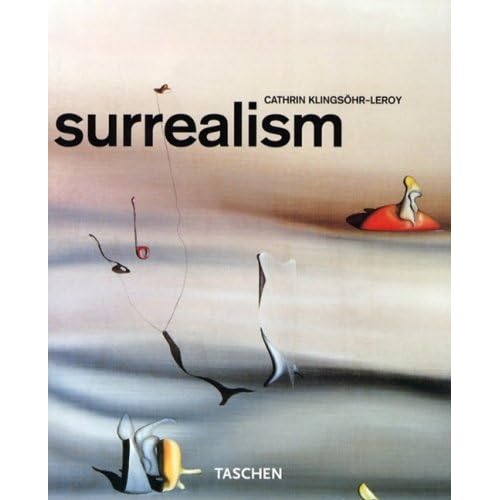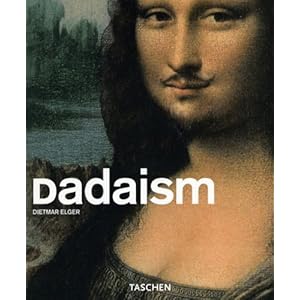Your approach to this assignment is excellent, demonstrating an enquiring mind and eye, and a positive and creative approach to technical exploration. As you say in your notes, this kind of assignment makes us look for images that we might not ordinarily look for, in addition to dealing with conceptual approaches to interpreting the subject/s.
Straight and Curved
The shot of the tree in Clissold Park for ‘Straight’ works very well, a visual pun, turning the world on its side. The monochrome filter enhances the composition, defining the form and texture of the subject, and also the diagonals in the mid-ground created by the white borders and strips of sunlight. I wonder if the composition might be stronger with the tree positioned to the left of the frame, with the broad diagonal strip of path running away down the right?
‘Curved’ is a strong image, and a tricky one to get right with no real border or focal point to frame the subject. Maybe just a detail (as in the shot of the Thames Barrier) would be a possibility, although this would not help realise the scale of the structure. The other option would be a fish-eye, which would capture more of the lower part of the building and provide extra context. Whichever, here you’ve captured the structure and silhouetted framework of the roof nicely.
Smooth and Rough
Getting the range of exposure right on highly reflective structures and surfaces is a real challenge, and I always like to try to get it right in the camera. As you say in you notes, the low, soft winter light can be a real bonus. The other option of course is to use multiple exposures (from a fixed image position) to combine to achieve a wide-ranging exposure (High Dynamic Range). This works well for smooth, with the seamless tiling and shadowless surface. There’s a nice seen which helps the sense of smooth, and also, the use of a longer lens which has reduced the definition in this detail.
Having mentioned HDR, the shot of Stonehenge looks like an example of that technique.
The detailed textures of stone and moss in the strong cross light, and the range of colour, bring out the shape and form the stones. I like the composition, a procession, enhanced by the long lens: It’s as though the stones have individual personalities.
Still and Moving
Using a high shutter speed to ‘freeze’ the fountain produces a good (photographic) interpretation the movement in “Still’. One of the great things about photography, enabling us to see the otherwise unseen. Here, against the clear blue sky, the details of the water frozen in time have been well captured.
With ‘Moving’, the opposite approach using extended exposure to facilitate motion blur, creates a range of possibilities. In this shot, the forward tunnel effect is very effective, with the trailing taillights, and the two panels of blue light to the right and left of frame.
The car’s dashboard gets in the way – it’s the kind of shot where maybe you have to leave composition to chance and shoot without looking through the viewfinder. Something to explore and experiment with in the future is ‘back curtain sync’ – Google some examples, if you haven’t come across it.
Opaque and Transparent
The OCA assignments (and exercises) present the perfect opportunity to experiment with different techniques and approaches to image capture, and this is a great example. In this shot of the church stained glass window, the glass is reduced to monochrome, revealing a level of detail not necessarily seen, while the stone has an unnatural sheen to it.
With ‘Transparent’, there’s a good range of exposure, with detail of the interior of the bridge, through to the nighttime city panorama. Interestingly, adding to the concept transparent, the skyscraper’s structure is (almost) invisible with only the lit widows defining the shape and form.
Black and White
What I like in particular about the image of the guitar in ‘Black’, is the way the shape appears to have been reduced to two-dimensions, flattened out, leaving the composition to be defined by the edges of the instrument, the circular inlay around the hole and the subtle organic folds of the background cloth. There’s something luxurious and rich about this image.
‘White’ is a beautiful shot. The infrared renders the image into a winter landscape, as though everything has been touched by frost, and furthermore, the bird looks like a sculpture – an improbable pose frozen in time. It reminds me of the way early illustrators might choose an exaggerated piece of behaviour when they painted creatures (sometimes to use the whole page for their composition).
Continuous and Intermittent
You take a different approach to these two images, and they work equally as well in representing contrasts. In ‘Continuous’, there’s a double meaning with the railings running away in a strong diagonal up and across the frame, and the notion of a race still in progress, with evidence of dumped clothing and discarded water bottles. I think the narrative element is helped by the choice of a foreground focal point, with the remainder of the image in soft focus, left to our imagination.
You take an interesting approach to the interpretation ‘intermittent’ converting to monochrome and using colour accent to create the scattered points of the orange balloons. Good to see the making of meaning in the ‘darkroom’.
Many and Few
A good contrasting pair, with pigeons in motion and at rest on the rooftop. There’s a good rhythm about this shot; the birds in the sky, and the solitary creature perched on the column at the bottom of the frame creating a circular motion around the picture.
With ‘Few’, again a strong composition, capturing a (comical) trio in various poses. The strong backlight, shadows, and the dark background, help define the birds.
Large and Small
The (Dutch) angle and sepia monochrome of ‘Large’ help exaggerate the long shadow. The image has a noir or ‘graphic novel’ feel to it, the shadow mysterious, the distant city across the bridge, otherworldly.
Using layers of blur is an alternative way of creating the world of miniatures, rather than using a tilt-shift lens. I really like this shot. Again, it has an otherworldly feel abut it, like a set-design still from a performance of Gormengast. Tate Modern is a perfect setting for creating this kind of image – here the black and white produces a monolithic feel to the building.
Hard/Soft
The contrasting pair is well illustrated in this single image (great definition considering you're shooting through a window). The three-quarter backlight defines the layers of cloud shape and texture, while the plane’s rigid wing structure is highly defined against the clear blue sky – works well.
You’ve produced some excellent images here.
What have I learned?
Many of the subjects in my images would previously have been dismissed as not particularly interesting, but I now believe that there is photographic potential in just about everything! I had to do alot of thinking and planning before reaching for my camera, but I think this paid off as I've ended up with a range of subjects, lighting, and post-processing techniques.
At this stage of my development, I think it's safe (and important) to experiment and take 'risks' in order to learn what works and what doesn't, together with the underlying reasons.

.jpg)
.jpg)




